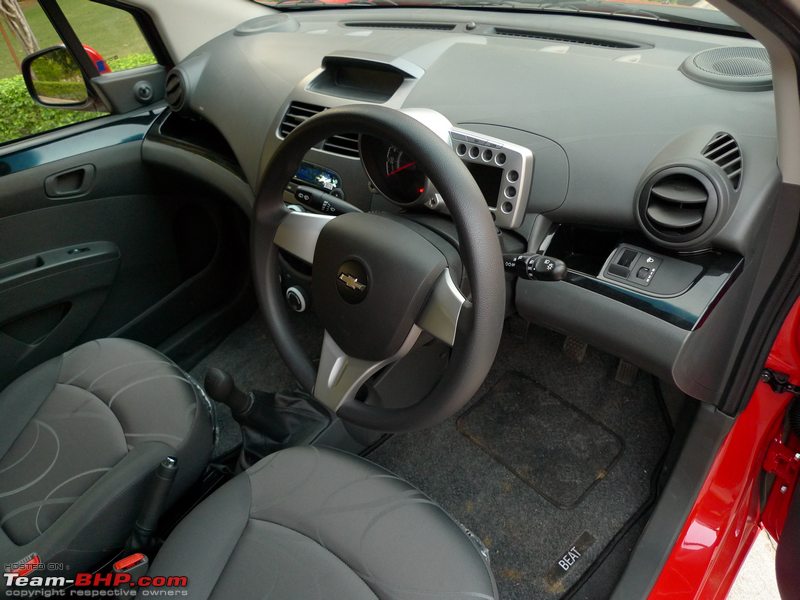
Step inside the Beat, and what immediately stands out is the swoopy dashboard along with the superbike-style meter arrangement. Carrying on the unusual exterior theme, the interior design is distinctive for the segment. Did I mention that the superbike meters are uber cool

? To the right of the speedometer is a squarish digital display that houses the rpm meter and fuel gauge. Though the display looks cluttered on first impression, I was fine after spending 30 minutes with the car. The dash area is huge and there’s a swooping cut right ahead of the front passenger. Remember the shiny black piano wood finish of the E-Class? Well, Chevy has adopted a similar (obviously plastic) effect in the Beat with a subtle black panel running from the front door panels to the dashboard. Unfortunately, the interiors are only available in a rather boring dark grey colour. Nope, there isn’t a beige option either. C'mon GM, even the Spark has beige interiors now!
The low set driving position is spot on and feels sporty. Front seats are supportive and literally hug you from the sides. Excellent lateral support. The tilt-adjustable steering wheel is a three spoke design with contours to park your thumbs. It’s slightly larger than you’d expect in a small hatchback, but good to hold. I found the bright silver finish (of the steering spokes) very tacky. Even in harsh daylight, the square display (rpm, fuel tank, trip meter and time) is crystal clear to read. No glare or reflection at all. The foot well is wide and can easily accommodate XL size footwear. A dead pedal will be sorely missed on long drives. Unlike the Spark, the control stalks are correctly configured for right hand drive, with the wiper controls on the left for instance. The dashboard itself is set on the higher side. With the driver’s seat positioned low, and no seat height adjustment available, shorter drivers will definitely face issues. I personally liked the relatively low slung driver seat. Ergonomics are just right with all crucial controls falling easily to hand. The gearknob has a strange cut; a traditional design would have been better from the utility POV. The wing mirrors (ORVMs) are user friendly, with even the left hand side one offering a clean view of two expressway lanes. Unfortunately, there wasn’t electric adjustment for the mirrors on the top-end variant that we drove. No MID showing real-time fuel efficiency or keyless entry either. Thanks to the backseat headrests and the compact rear windscreen, rearward view for the driver is limited. Irrespective of whether you are using the rear view mirror, or turning around while reversing. And just like in the Cruze, taller drivers can expect to brush their left knee against the center console. A "Chevy thing" perhaps?
Interior fit & finish are good, the door beading (a dead giveaway) superior to that seen in the Ritz. Cost cutting isn’t glaringly obvious, albeit the plastics are super hard everywhere. You really don’t feel that corners have been cut when driving the Beat. Translated, it does not feel like a cheap built-to-a-cost car (Logan anyone?).
Chevy’s design engineers have prioritized rear legroom over boot space. With a 5’10” tv journalist sitting in front, I could sit on the backseat with adequate legroom (no need to bend the knees). Again, the key word here is “adequate”. It is by no means a spacious backseat, but there is sufficient room for 4. In terms of legroom, the Beat is a match to the i10 and the Ritz. Foot room is par for the course too. Shoulder space is strictly and only for 2 on the back seat though. The Beat’s interiors are narrow and, make no mistakes, this is a 4 seater car (not 5). Whats surprising is that, even with the swoopy roof, headroom for another 6 footer journalist was just about enough (there was an inch of gap). On the flip side, the design is so clearly form over function. A high door sill, small rear windows and a strangely positioned plastic partition (to accommodate the door handles, where the quarter glass would otherwise have been) make the rear claustrophobic. Daylight hardly makes its way to the back; this along with the dark grey interior colours create a staid ambience.
There’s storage place and cubby holes everywhere. A spot below the drivers side air-vent (plus a coin holder too), you can slide your hand into the door pockets, 1 liter bottle holder on each of the front doors, two cup holders below the center console, a spot for your cell phone below the climate control knobs, and a single bottle holder for rear passengers. On the flip side, only one seat back pocket available and its rather short.
The small boot is only 170 liters in size. Of course, things aren't as bad as the A-Star (129 liters), but the Ritz (236 liters), Swift (232 liters) and the i10 (225 liters) clearly offer more useable space. For the record, the Santro (218 liters) and the WagonR (228 liters) have larger boots.
The top-end variant that we drove had 2 front airbags, ABS, climate control, tilt-adjust steering, power windows, central locking, alloy wheels, integrated stereo with 4 speakers, roof rails, rear spoiler, rear wash & wipe and a parcel tray.
Three spoke steering wheel is good to hold. Size larger than you'd expect:
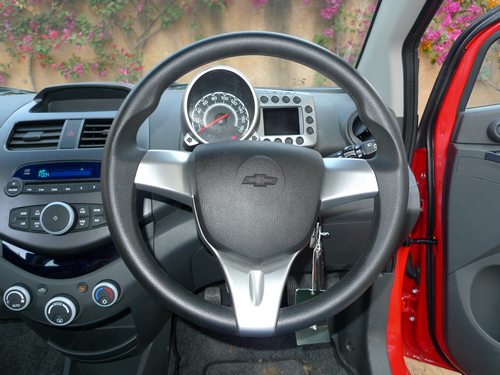
Superbike meters look even cooler at night, thanks to their blue lighting effect:
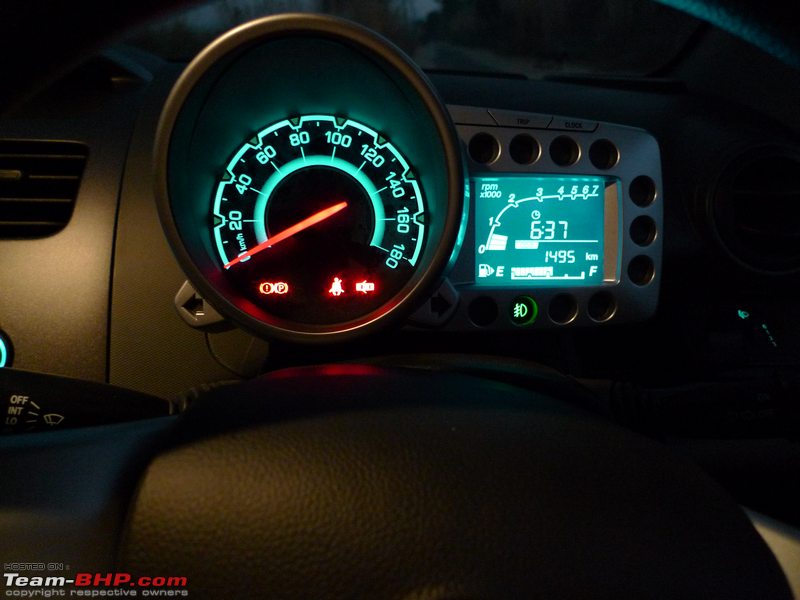
Front seats high on support:
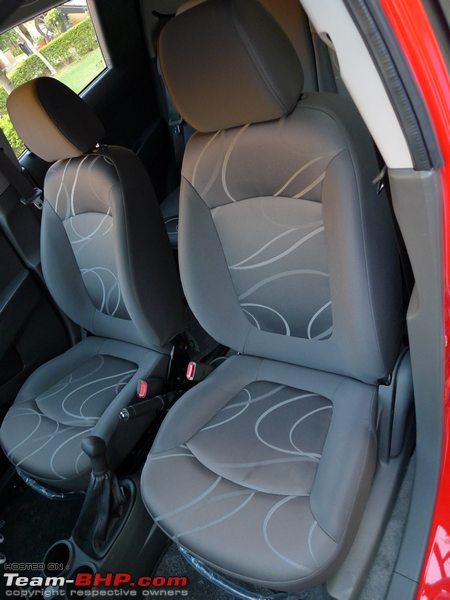
Awkward gear knob design:
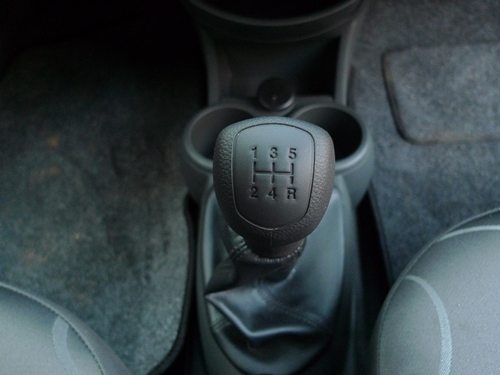
4 speaker audio system. Sound quality below average. CD, MP3, Aux and USB. Consider the Mini USB, I cannot understand why a regular sized (and more popular) USB port isn’t provided?
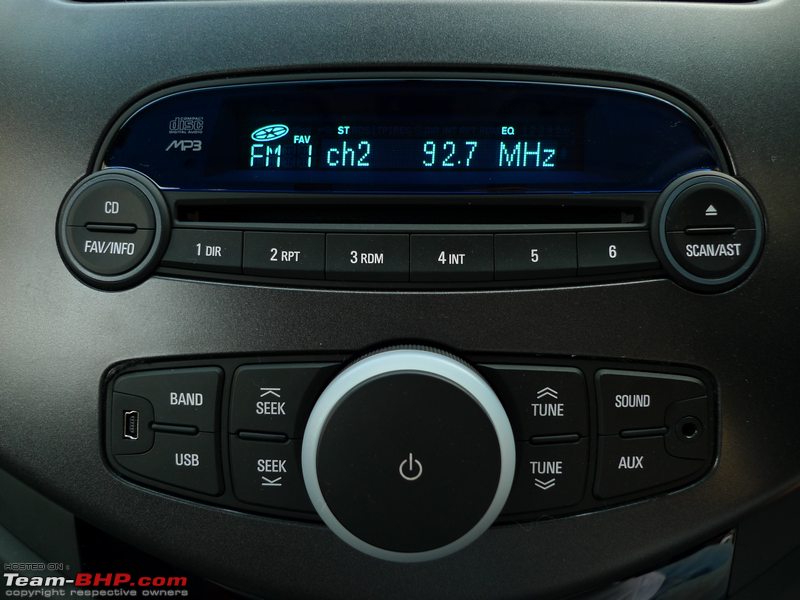
Lots of storage spots in the Beat. Large control knobs for the climate control & stereo are easy to use:
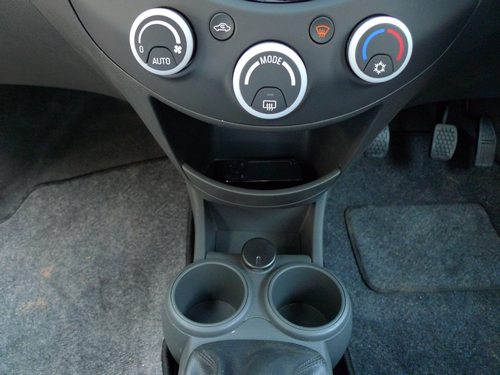
Wasted space above the air-con vents. International variants may get a multi-info display (real time fuel efficiency and more), we don’t!! Neither can you store anything in the recess (it will slide off at the first opportunity):
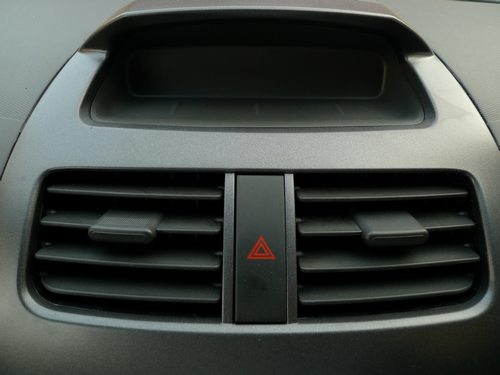
Wide foot well. No dead pedal:
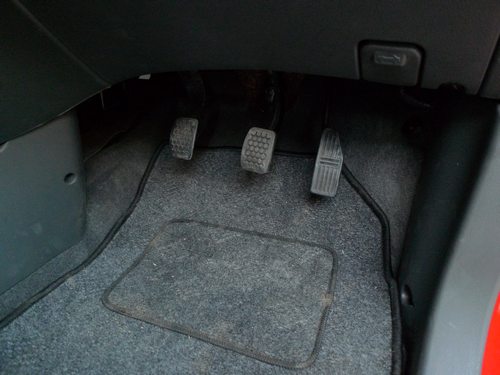
I intentionally took this picture sans the camera flash only to show how claustrophobic things can get on the back seat:
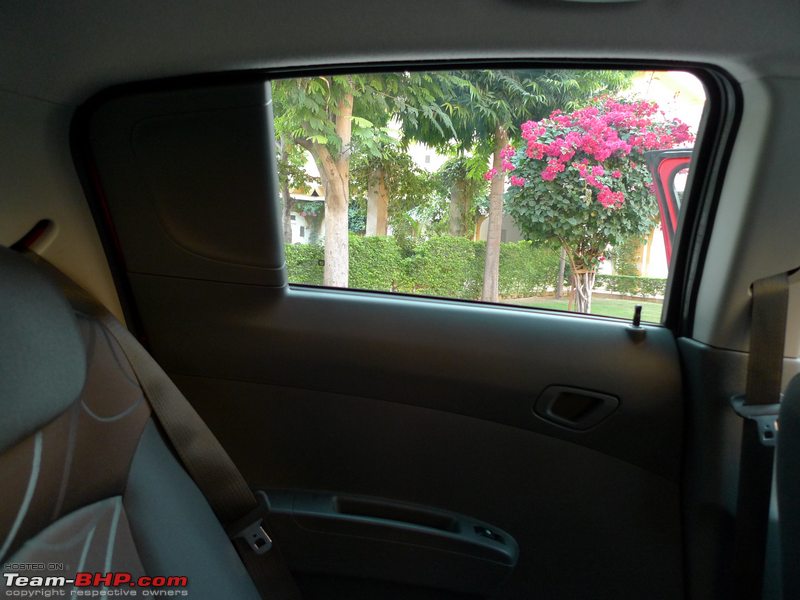
Rear legroom is decent (relative to tall boy competition). Under-thigh support poor:

Subtle contour on the B-Pillar to rest your left knee on. Works well too:

The Cruze-like twin cockpit design is evident:
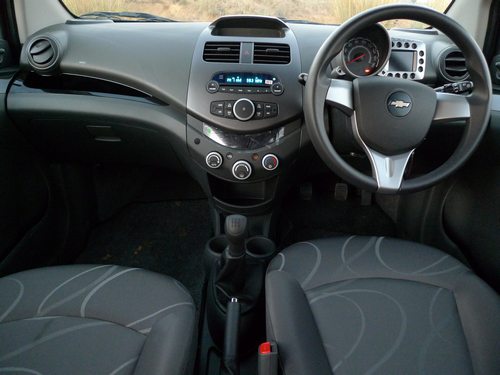
Black finish is tasteful. Don’t miss the circular air-vents that shut entirely:
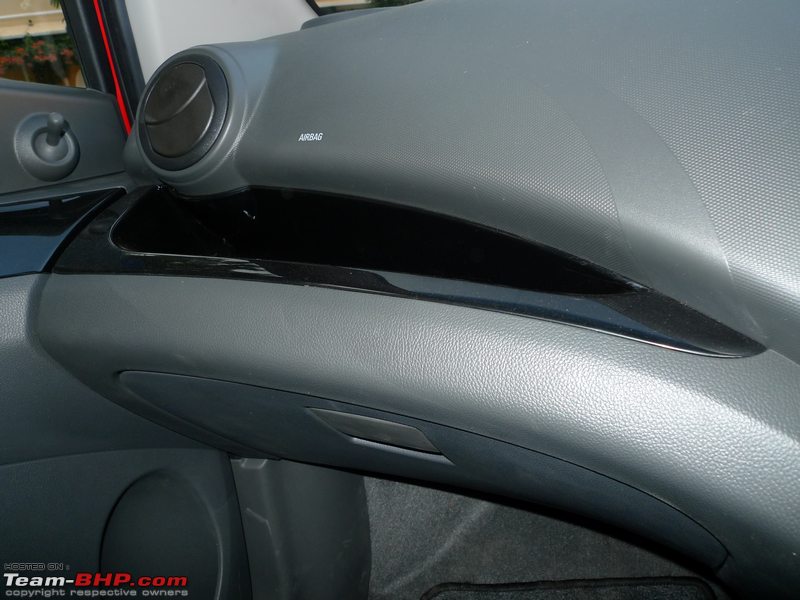
Another storage spot for the driver (coins and oddities):

Medium sized glovebox:
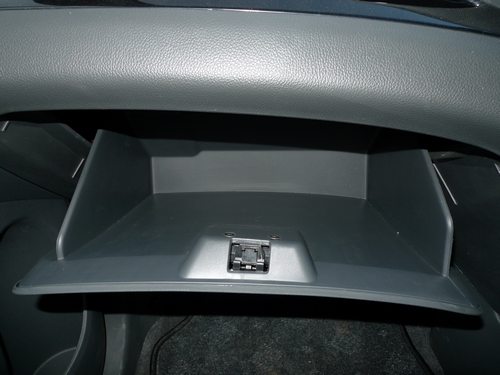
Display is easy to read. RPM indicator does NOT turn red (over 6,000 rpm):
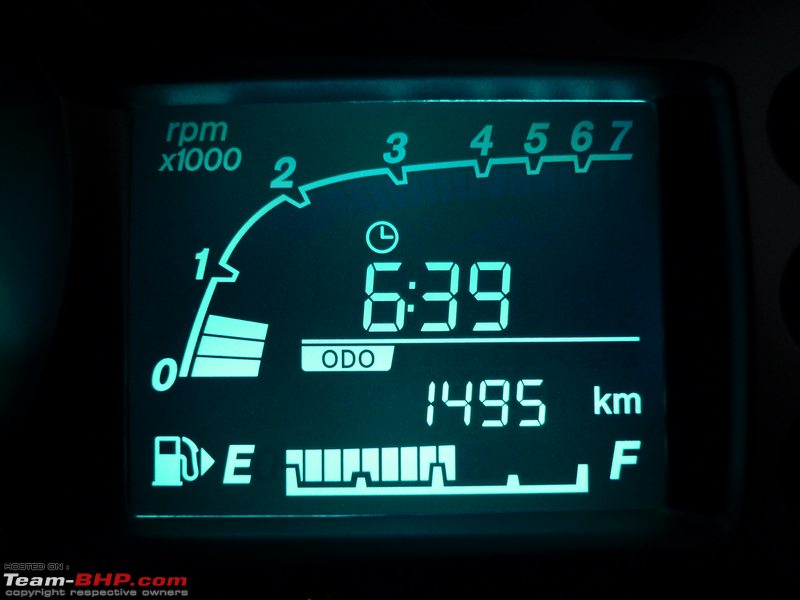
That's all the storage space for rear passengers. A short seatback pocket and a single bottle holder:
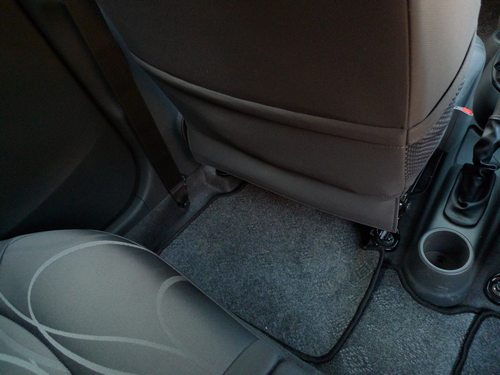
High quality rubber:
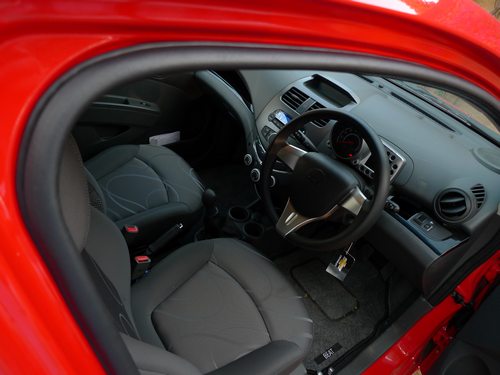
Small 170 liter boot. Light is a thoughtful touch:
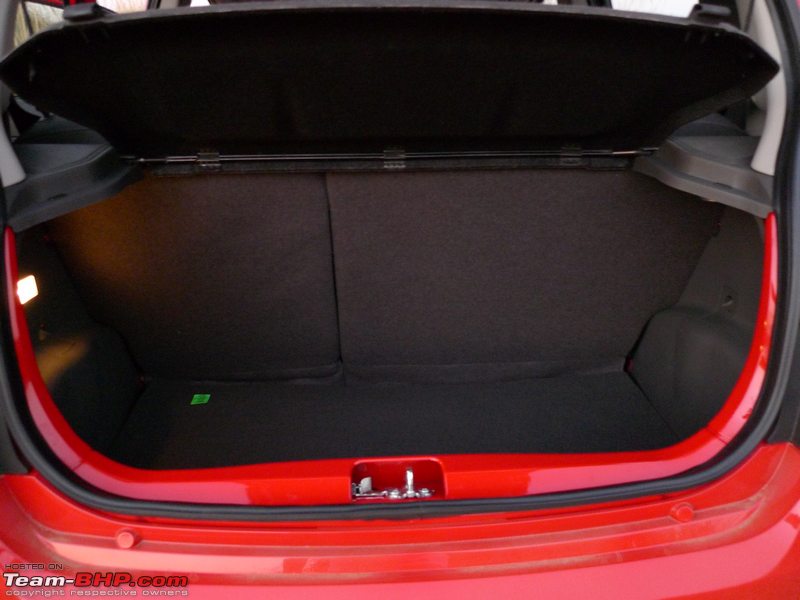

 (2)
Thanks
(2)
Thanks

 (2)
Thanks
(2)
Thanks

 (2)
Thanks
(2)
Thanks

 (1)
Thanks
(1)
Thanks


 (3)
Thanks
(3)
Thanks

 (3)
Thanks
(3)
Thanks













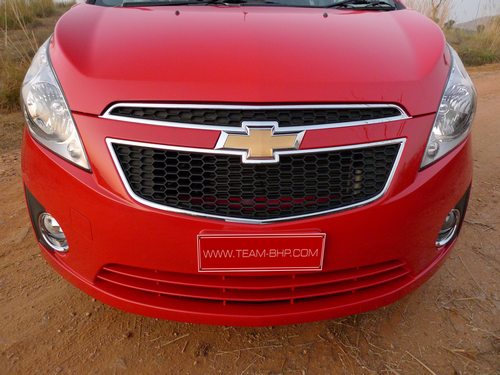
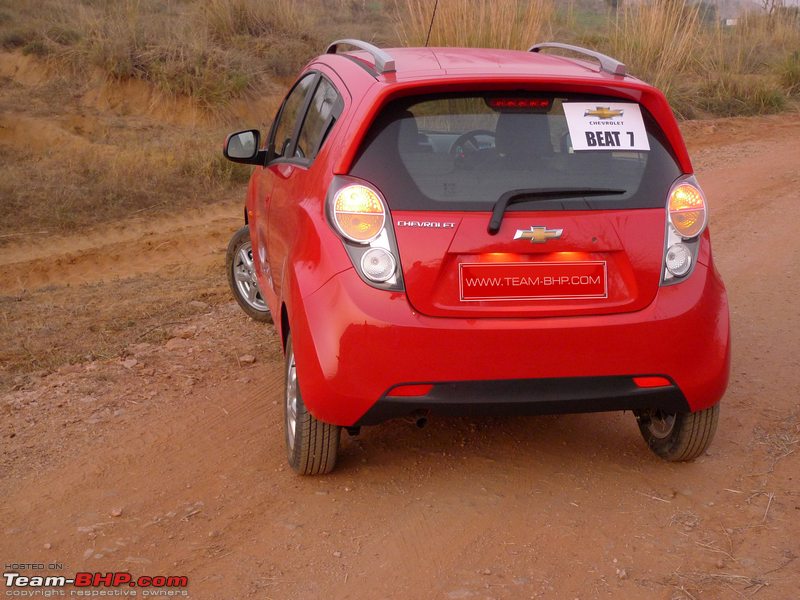


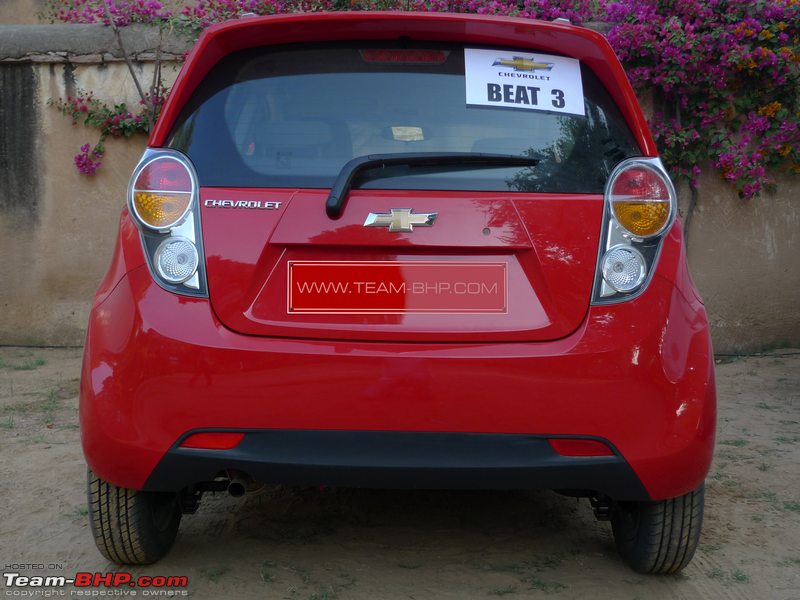


 ? To the right of the speedometer is a squarish digital display that houses the rpm meter and fuel gauge. Though the display looks cluttered on first impression, I was fine after spending 30 minutes with the car. The dash area is huge and there’s a swooping cut right ahead of the front passenger. Remember the shiny black piano wood finish of the E-Class? Well, Chevy has adopted a similar (obviously plastic) effect in the Beat with a subtle black panel running from the front door panels to the dashboard. Unfortunately, the interiors are only available in a rather boring dark grey colour. Nope, there isn’t a beige option either. C'mon GM, even the Spark has beige interiors now!
? To the right of the speedometer is a squarish digital display that houses the rpm meter and fuel gauge. Though the display looks cluttered on first impression, I was fine after spending 30 minutes with the car. The dash area is huge and there’s a swooping cut right ahead of the front passenger. Remember the shiny black piano wood finish of the E-Class? Well, Chevy has adopted a similar (obviously plastic) effect in the Beat with a subtle black panel running from the front door panels to the dashboard. Unfortunately, the interiors are only available in a rather boring dark grey colour. Nope, there isn’t a beige option either. C'mon GM, even the Spark has beige interiors now!









































